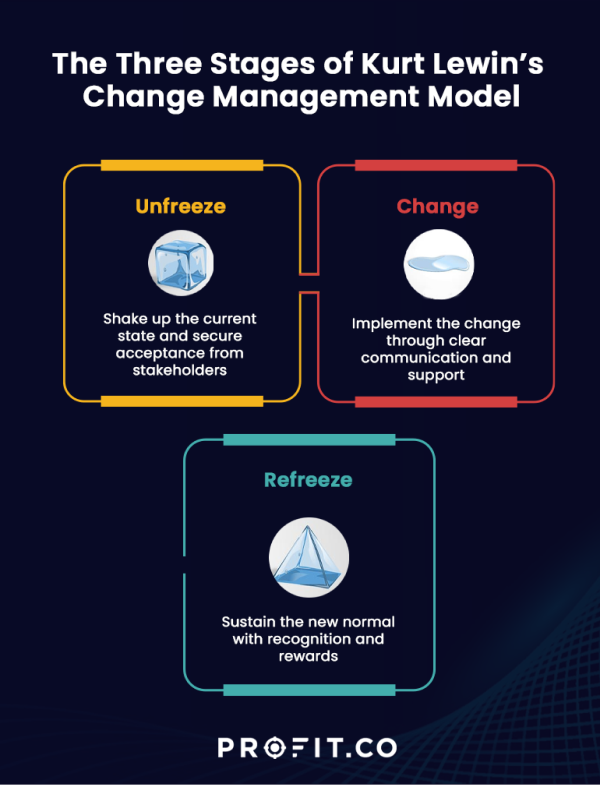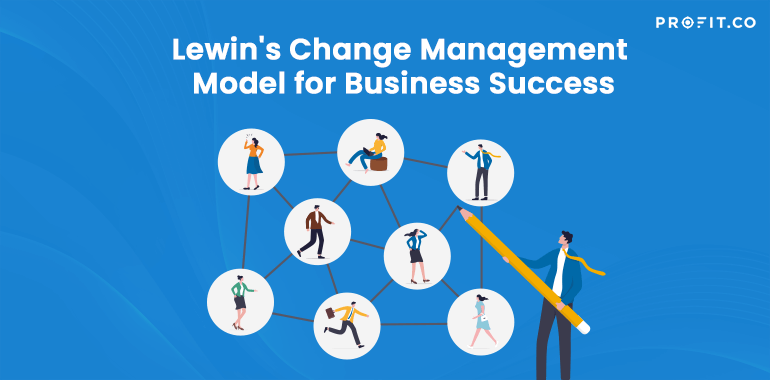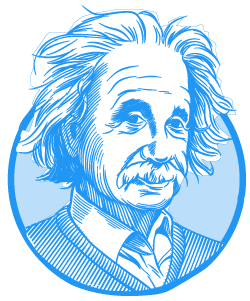Change is the only constant in the ever-evolving business landscape. From total quality management to cultural change, organizations must embrace transformation to thrive in today’s dynamic market. With every shift comes new opportunities, new challenges, and the chance to redefine what success looks like.
Changes can be daunting, but avoiding change altogether is often a recipe for disaster. That’s why organizations must comprehensively understand how to handle and manage organizational changes. Companies have always been involved in change management either voluntarily or involuntarily. But, how they manage that change is instrumental not only for short-term productivity boosts but also has a tremendous impact on company culture and long-term profitability.
What is Organizational Change Management?
Organizational change is change (both minor or major) that affects the company’s day-to-day operations and/or results. Many organizational changes will profoundly affect the company’s course or direction.
Some examples are listed below
- Digital transformation
- Implementing diversity and inclusive hiring and recruiting practices
- Introducing and rolling out the OKR framework
- Acquisition and implementation of a CRM or ERP system
- Mergers and acquisitions
- Shifting to remote or work-from-anywhere environments
- Onboarding new leadership (CEO or CMO or Board Members)
- Industry transformation (ex. the automotive industry adopting and manufacturing electric vehicles at scale)
Organizational change management strategies
These Organizational change management strategies provide a framework for effectively managing change within an organization and ensuring that the intended outcomes of the change are achieved. One proven change management model is Kurt Lewin’s Change Management Model, with a simple three-step approach of Unfreeze, Change, and Refreeze.
Kurt Lewin is known as the “founder of social psychology” and was acclaimed for pioneering social, organizational, and applied psychology in the United States. According to the 2002 Review of General Psychology, Lewin is the 18th most cited psychologist of the 20th century.
Among his most famous works is his Change Management Model. His work, largely established around the 1930s to 1940s, evolved around social science, psychology, social psychology, organizational development, process management, and change management.
His change management model is a three-stage process. He used the analogy of changing the shape of a block of ice to explain his ideas on instilling organizational change in any institution.
The measure of intelligence is the ability to change.
How it Works?
Think of it this way; you have a big rectangular block of ice. And then, along the way, you realize that you need a cone of ice, not a rectangular one. What would you do to change it? The idea is to change that particular block of ice; you have to melt the ice, mold it to the shape you want, and then freeze it back up. It is the same premise Kurt Lewin is trying to push when instilling change on an organizational scale. His three-part change management model includes these three stages: unfreeze, change, and refreeze.

Unfreeze
In this stage, Lewin says the concept of unfreezing is all about priming your team or your organization that a stage is about to happen. An essential thought during this process that Lewin delved into is that often when you introduce change, it will be met with resistance.
According to Lewin, an essential aspect of this initial step is breaking the status quo to create an environment accepting the upcoming change.
To do this, Lewin says you must “shake up” the current state of the core. You should determine where the change needs to be made and why it is necessary for growth or success. Ask the group, team, or organization specific questions that will allow them to re-examine their values and eventually accept a need for change.
Change
After stirring up the status quo, you can implement the change you want. Because you have already set up the stage for this change, there will likely be less resistance to the change you want to implement. Members of the group or the organization may even pitch in to tackle the issues and implement the needed change.
What’s crucial here is to have a well-thought-of plan and an execution road map. The organization needs two things in this stage: communication and support.
Communicate clearly what is about to happen, the steps you need to take, what the future will look like, and why you are doing this again. Give the members of the organization time to understand and appreciate everything.
Of course, even though they understand the rationale behind the change, it is still not easy. Always support your team, appreciate them, and remind them that you are all in this together.
Refreeze
This is the final step. Much like when you wanted to change the rectangular block of ice into a cone-shaped one, this is the part where you have already molded it into your desired state, and all you have to do is to solidify it.
This stage, according to Lewin, allows for the internalization of the changes made for it to become more sustainable and long-lasting. If the first step includes disrupting the status quo, this stage instills in the members’ minds that this is the new normal, equilibrium, and status quo.
Aside from offering support and guidelines on sustaining the changes made, motivate your team to continue by celebrating the little wins along the way.
How it Can Be Applied in the Real World?
Since this is one of the simplest models of change, it can be easily followed by members at any level. This model is effective for large-scale organizations such as Amazon and smaller-scale organizations like schools because they are easy to implement. In large-scale corporations, it is easy to lose particular information as instructions are passed on from one department to another. Since Lewin’s model only has three steps, there is less room for misinterpretation and misinformation. Also, smaller-scale organizations do not need complexities to introduce change. This model is simple and straightforward enough to get the job done.
How Can OKRs Make the Change Process More Effective?
Lewin’s Change Management Model can provide a valuable framework for managing the change process. The OKR methodology can be used to set specific goals for the change and define the key results to indicate progress toward those goals. This goal-setting framework ensures that the organization is focused on achieving specific outcomes related to the change and can measure progress toward those outcomes. The two frameworks provide a structured approach to change management that can minimize disruption and ensure the transition is implemented smoothly and effectively.
Conclusion
Change is the beating heart of progress, and nowhere is that truer than in business. Change can only be sustained if it becomes ingrained in the corporate culture. New behaviors and attitudes must be rooted in social norms and shared values. Organizations must consciously demonstrate how new approaches have helped improve performance. When people see the benefits of change, they are more likely to embrace and incorporate it into their daily work. By institutionalizing change in this way, organizations can ensure that new behaviors and attitudes stick even after the initial pressure for change has subsided.

